Dust Can Destroy Your Car’s Paint: How Invisible Particles Eat Away at the Finish and Speed Up Rust
Dust isn’t just dirt—it’s a complex mix of microscopic particles that can quietly ruin your car’s exterior.
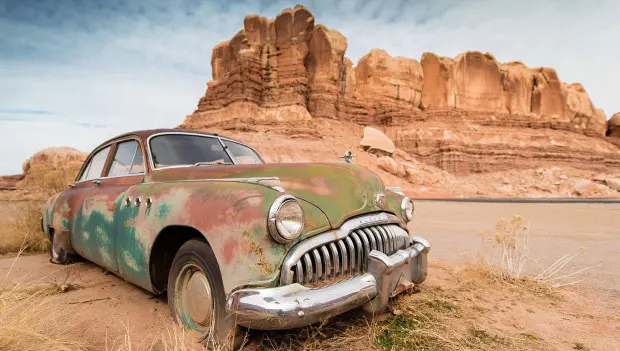
A car’s paint finish is more than just a pretty surface—it’s the first and most important line of defense against the elements. Yet few drivers realize how fragile that layer really is. Even when a vehicle looks spotless and glossy, its paint is constantly under attack from countless small factors that, over time, wear it down.
Most people think road salt and winter chemicals are the biggest threats to a car’s bodywork. But summer dust can be just as damaging—especially for drivers who often travel dirt roads, go fishing, or head out on hunting trips. On those routes, fine dust and grime coat the car’s surface day after day, greatly increasing the risk of damage.
Dust is not a single substance but a mixture of ultra-fine particles—tiny bits of sand, soil, and debris that act like sandpaper. Each time you open a door, close the trunk, or casually brush your hand across the hood, you’re unknowingly grinding those abrasive particles into the clear coat. Over time, this creates micro-scratches that accumulate until the surface starts to look dull and worn.
Even a thin layer of dust can do harm. Repeated friction, however minor, scuffs the protective finish and eventually breaks it down. Once the clear coat is compromised, moisture and oxygen start reaching the underlying metal—accelerating corrosion that can turn a new car into a rust problem within a few years.
The effect is even more severe in southern regions, where constant heat, sand, and dry air amplify the damage. Under high temperatures, the paint softens slightly, allowing abrasive particles to cut deeper and faster than they would in cooler climates.
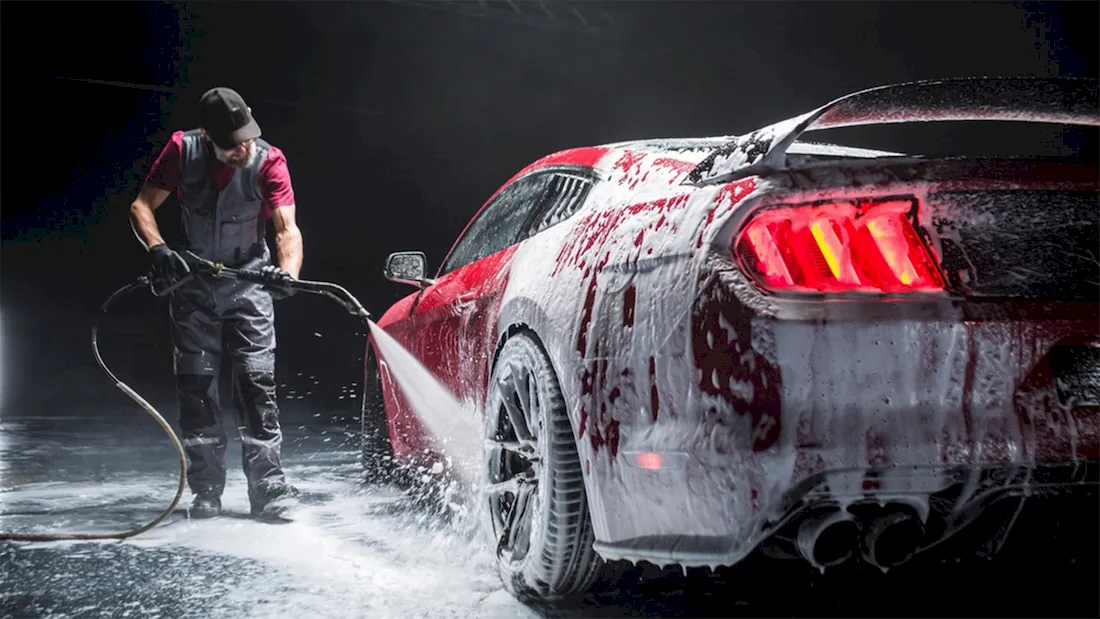
To keep your vehicle looking its best, proper paint care is essential. Avoid wiping dust with rags or brushes—those only make things worse. Instead, opt for touchless car washes, which remove debris without scratching the surface. Regular professional polishing and occasional protective coating treatments can also help preserve the paint, extending your car’s life and keeping it looking new for years to come.
You may also be interested in the news:
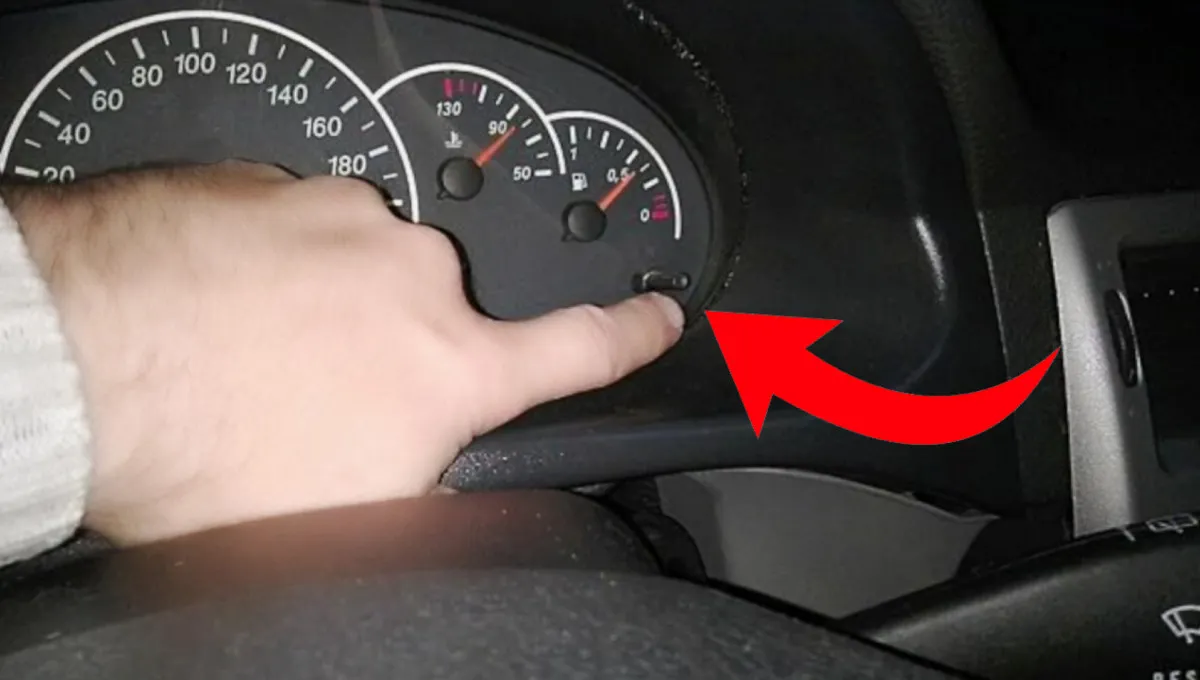
Most American Drivers Have No Idea This Hidden 'TRIP' Button Feature Exists
Why every driver should know about this “hidden” button in their car.
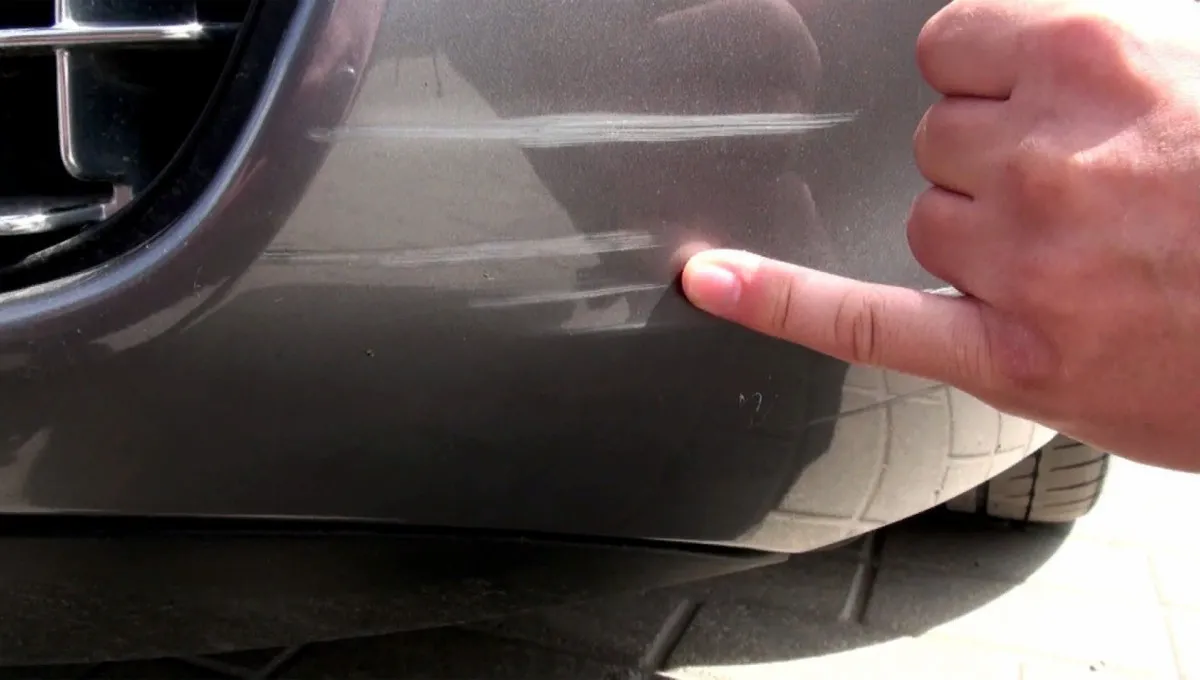
How to Remove Car Scratches Yourself in the Garage: Fixing Bumpers, Headlights, and Fenders
Scuffed your car? No big deal. Here’s how to remove scratches from your bumper and headlights at home.
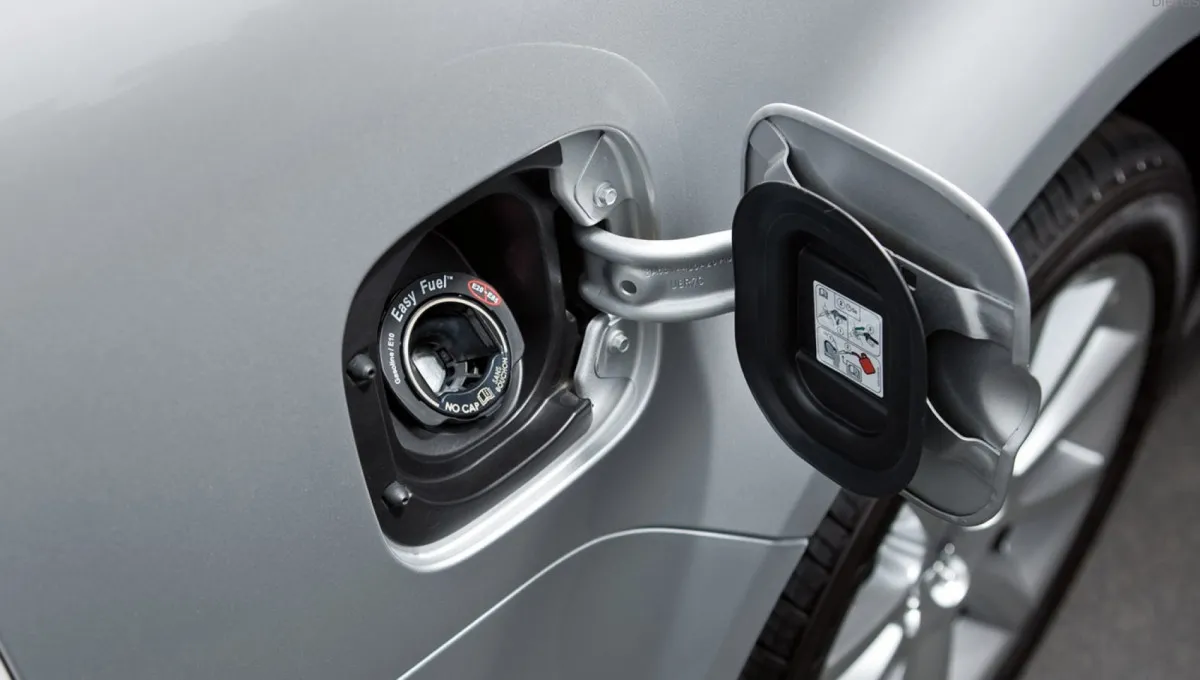
How to Clean a Gas Tank from the Inside—Without Removing It: Dirt, Water, and Rust
Over time, many vehicles accumulate water and debris inside the gas tank, while the inner walls can develop rust.

Car Horoscope: How Each Zodiac Sign Handles Driving
Today, we explore how prone each zodiac sign is to car accidents.

First Car for New Drivers: How to Choose Your First Vehicle and Get It Right
Picking a car is harder than choosing an outfit for a party or a long-awaited date — looks matter, but so do the technical details.